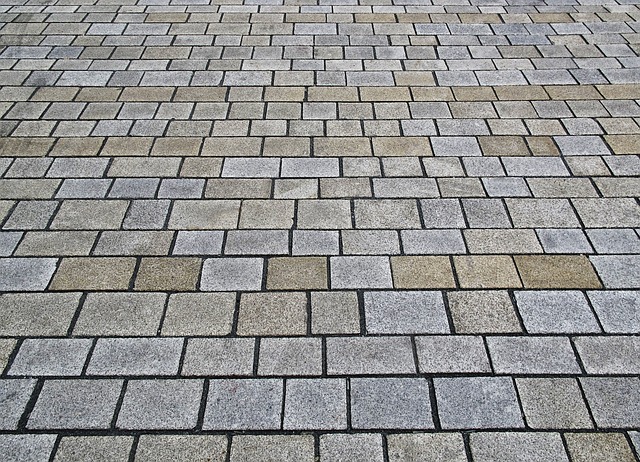Strengthening Paving in Chicago: Strategies for Durable Urban Surfaces

Chicago, a thriving metropolis with an extensive network of streets, sidewalks, and public areas, has the particular difficulty of preserving and fortifying its concrete surfaces in the face of severe traffic, extreme weather, and aging. For Chicago's pavement to remain sturdy and functioning as well as to protect the city's infrastructure investment, it is imperative that it be strengthened. This article will examine certain tactics designed for Chicago's metropolitan setting and offer suggestions on how the city might strengthen its pavement to handle the demands of its ever-changing terrain.
Strengthening paving in Chicago requires a holistic and adaptive approach that considers the unique challenges of urban living. By selecting durable materials, addressing weather-specific concerns, and embracing innovative techniques, the city can fortify its pavements against the rigors of heavy use and diverse environmental conditions. Through strategic planning, proactive maintenance, and community engagement, Chicago can ensure that its paved surfaces remain resilient, safe, and integral to the vibrant life of the city.
1.) Selecting Appropriate Materials
Chicago experiences a range of weather conditions, from sweltering summers to frigid winters, placing considerable stress on its pavements. Choosing materials that can withstand these extremes is crucial. High-quality asphalt mixes with appropriate additives or durable concrete formulations can provide the resilience needed to endure temperature fluctuations and heavy traffic loads.
2.) Addressing Freeze-Thaw Cycles
The notorious Chicago winters bring freeze-thaw cycles that can lead to pavement deterioration. To counteract this, incorporating air-entrained concrete or asphalt mixes designed to resist freeze-thaw damage can be beneficial. These materials allow for the expansion and contraction associated with temperature fluctuations, minimizing the risk of cracking and pothole formation.
3.) Intelligent Design for Urban Challenges
Chicago's urban landscape often presents challenges such as heavy traffic, frequent utility maintenance, and a high concentration of pedestrians. Integrating thoughtful design elements, including reinforced intersections, durable crosswalks, and strategically placed expansion joints, can help distribute loads more effectively and minimize wear in high-traffic areas.
4.) Strategic Use of Permeable Pavements
Stormwater management is a critical aspect of urban paving. Introducing permeable pavements in strategic locations helps mitigate flooding and reduces strain on traditional drainage systems. Permeable asphalt or concrete allows water to infiltrate the pavement, promoting sustainable water management while contributing to pavement longevity.
5.) Routine Maintenance and Repairs
Chicago's Department of Transportation plays a vital role in maintaining the city's roadways. Implementing a proactive maintenance program, including regular inspections, crack sealing, and pothole repairs, is essential. Prompt attention to minor issues prevents them from escalating into more significant problems that could compromise the integrity of the pavement.
6.) Innovative Asphalt Recycling Techniques
Chicago has been at the forefront of adopting innovative pavement rehabilitation techniques. Hot in-place recycling, for example, involves heating and reprocessing existing asphalt, providing a cost-effective and environmentally friendly solution. These advanced techniques not only strengthen existing pavements but also contribute to sustainable urban development.
7.) Community Engagement and Reporting
Empowering the community to participate in pavement maintenance is a valuable aspect of strengthening urban paving. Implementing user-friendly reporting systems for residents to communicate issues such as potholes or uneven surfaces ensures a collaborative effort in preserving the integrity of Chicago's roadways.